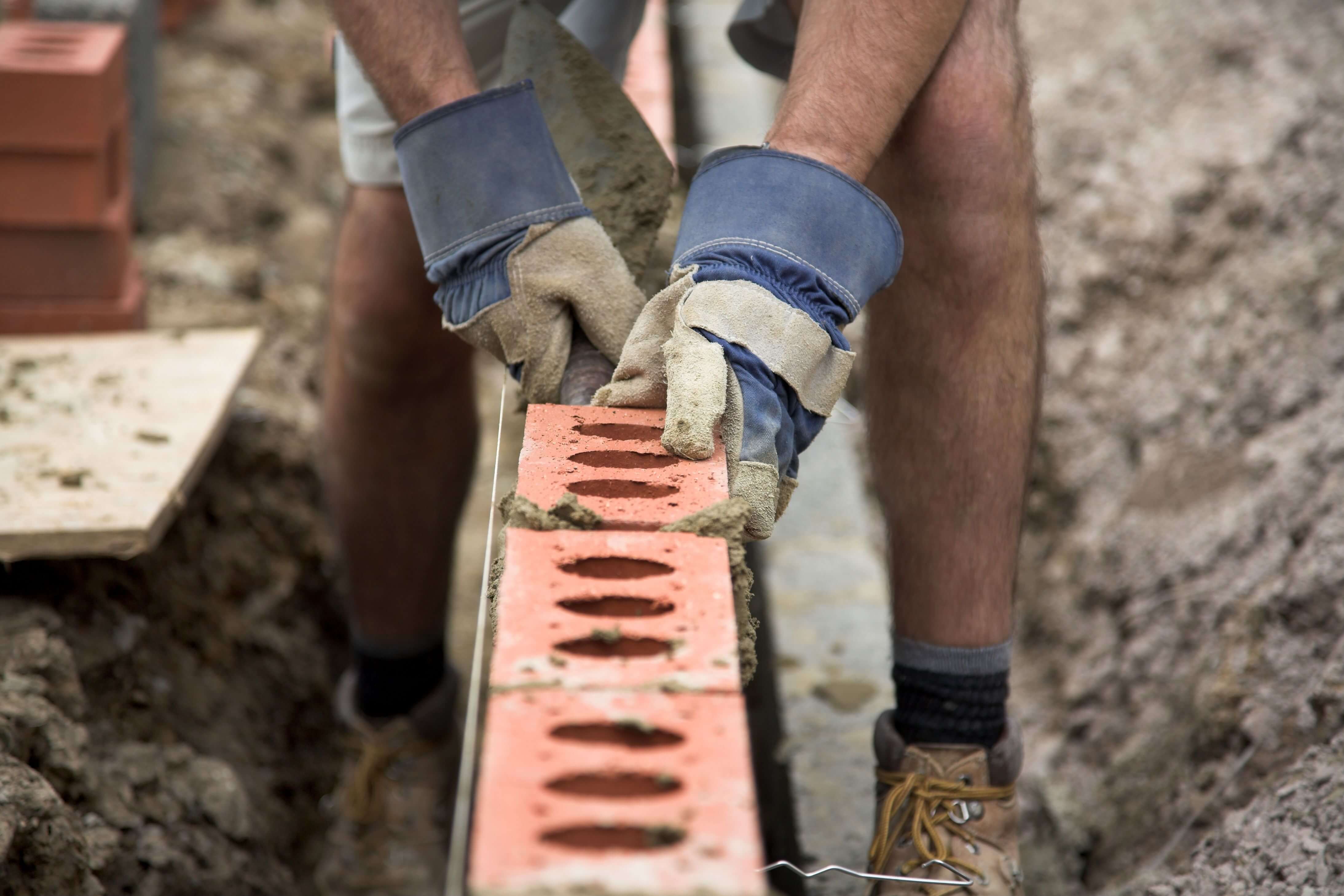Tiling a kitchen can be a great way to improve the aesthetic appeal of the space and protect the walls from damage caused by cooking and washing. Here is a step-by-step guide to tiling a kitchen:
Materials:
- Tiles
- Tile adhesive
- Tile spacers
- Tile cutter or tile saw
- Tile nippers
- Grout
- Grout float
- Sponge
- Level
- Measuring tape
- Notched trowel
- Bucket
- Protective eyewear and gloves
Step 1: Prepare the Surface
Ensure that the wall is clean, dry, and smooth. Remove any existing tiles, wallpaper, or adhesive residue. Use a level to check that the wall is flat and even. Sand or scrape any bumps or high spots and patch any holes with spackle. Wait for the spackle to dry and sand it smooth.
Step 2: Measure the Area
Measure the length and height of the wall to determine how many tiles you will need. Calculate the square footage of the area you need to tile and purchase 10-15% extra tiles to account for any mistakes or cuts that need to be made.
Step 3: Lay out the Tiles
Lay out the tiles on a flat surface to determine the best layout and pattern. Use tile spacers to ensure consistent spacing between each tile.
Step 4: Apply Tile Adhesive
Apply tile adhesive to the wall using a notched trowel. Spread the adhesive evenly over a small area of the wall, starting at the bottom and working your way up. Only apply enough adhesive for a few tiles at a time.
Step 5: Install the Tiles
Press the tiles firmly into the adhesive, using the tile spacers to ensure even spacing. Use a level to check that the tiles are straight and level. Make any necessary cuts using a tile cutter or tile saw. Use tile nippers to make smaller cuts around outlets or other obstacles.
Step 6: Grout the Tiles
Wait for the adhesive to dry completely before removing the tile spacers. Mix the grout according to the manufacturer's instructions and apply it to the tiles using a grout float. Work in small sections, making sure to fill all the gaps between the tiles.
Step 7: Clean the Tiles
Use a damp sponge to wipe away any excess grout from the surface of the tiles. Rinse the sponge frequently and avoid using too much water, as it can wash away the grout.
Step 8: Let the Grout Dry
Allow the grout to dry for at least 24 hours before using the kitchen. Avoid touching or cleaning the tiles during this time.
Step 9: Seal the Grout
Once the grout is dry, apply a grout sealer to protect it from stains and moisture. Follow the manufacturer's instructions for application and drying time.
Congratulations! You have successfully tiled your kitchen. With proper installation and care, your new tiles should last for many years to come.







